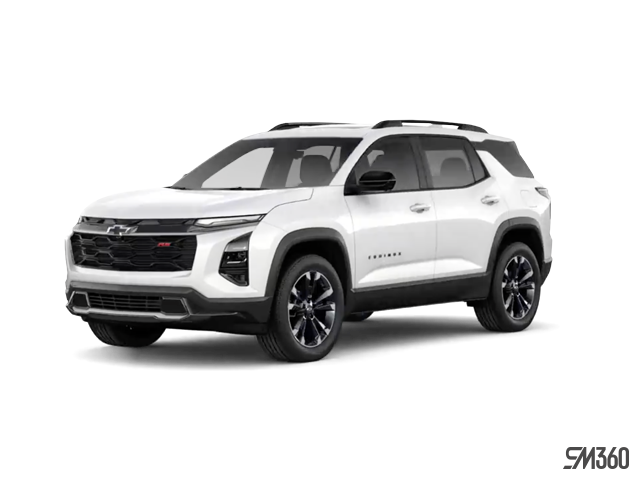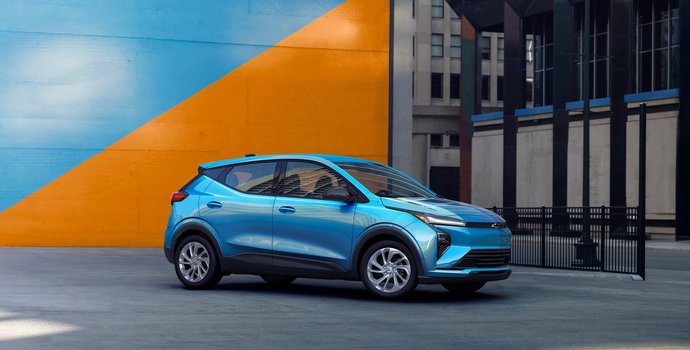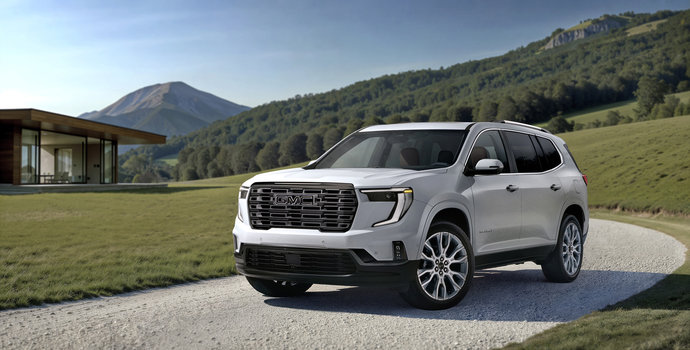- Level 1 Chargers
The most straightforward type of charger is a Level 1 design, which plugs directly into a regular 110-120V domestic supply. This kind of charger can therefore be used in nearly all garages, and requires little or no work to install providing the electrical circuit can handle the current. A Level 1 charger has a standard three-pronged plug attached to a control box by a short cord. A longer cord leads from the control section to the plugin point of your electric vehicle.
The simplicity of Level 1 chargers means that they're quick and easy to install, but they can only charge your EV at a slow rate. Typically, they can take 24 hours to fully charge a small car, and even longer for a larger or more powerful one.
If you plan to use your EV daily, driving more than 20km or so each time, it's unlikely that a Level 1 charger will be fast enough. However, if you only drive a few kilometers a day, such as for a routine school journey, and you can leave the vehicle plugged in for the rest of the time, then Level 1's simplicity might outweigh the slow-charging disadvantage.
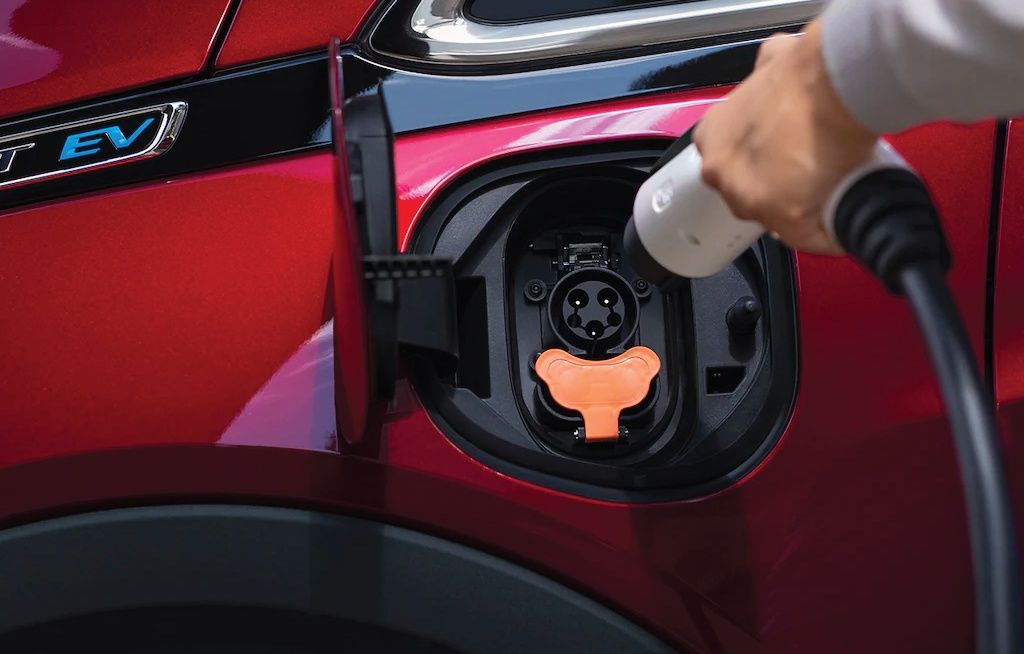
- Level 2 Chargers
The most common and efficient type of domestic charging system is a Level 2 design, and it uses 240V of power to charge your vehicle much more quickly. For a typical EV, up to 40km of driving range can be added for every hour it's plugged in, making overnight charging a realistic option for all but the most demanding car users.
The downside of Level 2 chargers is that they need installing by a professional electrician, and it's possible that the electrical wiring of your garage will need upgrading. You might need a new electrical panel installed to handle the greater load, along with new circuit breakers, thicker wiring, and other potentially costly upgrades.
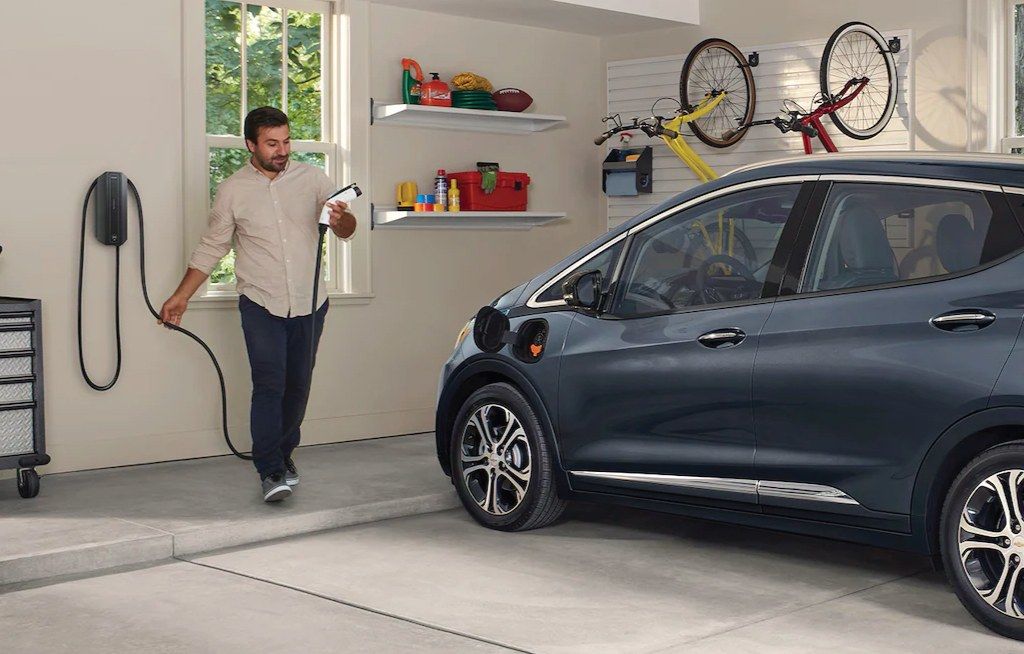
2.Inspect Your Power Panel
To find out how compatible your electrical system would be with a Level 2 charger, take a look at your home's power panel. This is the box filled with circuit breakers that distributes power around your home. In particular, look for the amperage rating that should be printed on the main circuit breaker. Most modern homes have a 100 amp panel fitted, but ratings can vary widely on older installations.
A Level 2 charger can pull around 40 amps, and your power panel needs to be able to handle this on top of your regular usage. You can find your regular usage by performing a home energy audit, adding together the amperage ratings of all the domestic appliances and devices which may be used at the same time.
If your regular usage is at least 40 amps below the rating of your power panel, you should be able to install a Level 2 charger. However, make sure to leave plenty of leeway: pushing a power panel too hard risks frequent power outages when you try to charge your vehicle.
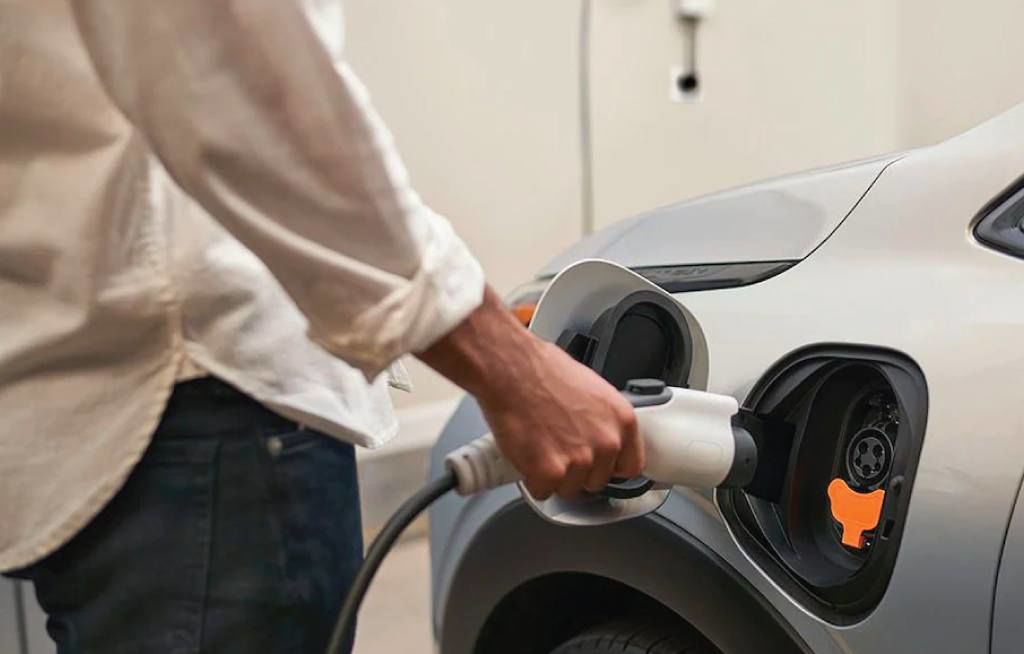
3.Find an Electrician
If you decide on a Level 2 charger, it's time to find an electrician with experience in fitting one to a typical home. They'll also be able to confirm that your installation can handle the load before you go to the expense of buying a charger.
4.Buy and Install Your Charging Station
If the figures stack up, you can now go ahead and buy your charger, have it installed by the electrician, and await delivery of your new, efficient electric vehicle.
Preparing your garage for your first EV is essential for enjoying a smooth driving future, and we're here to help you with any difficulties you might encounter. We can answer any questions you might have, advise you on the best products and technologies for your needs, and even put you in touch with a suitable electrician. You can reach us anytime by telephone, email, or by visiting our showroom in person, and together we'll make your EV switch simple.
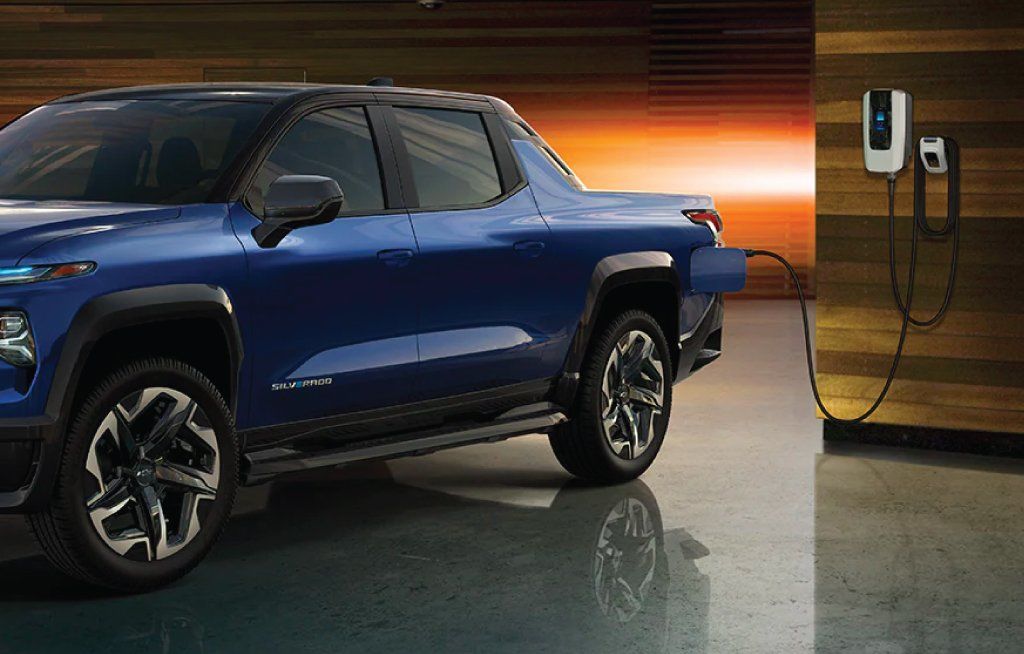
You might also be interested in these blogs: 2024 Chevrolet Blazer EV | City Buick Chevrolet GMC in Toronto | 2023 Chevrolet Silverado | City Buick Chevrolet GMC in Toronto | 2024 Buick Encore GX | City Buick Chevrolet GMC in Toronto






